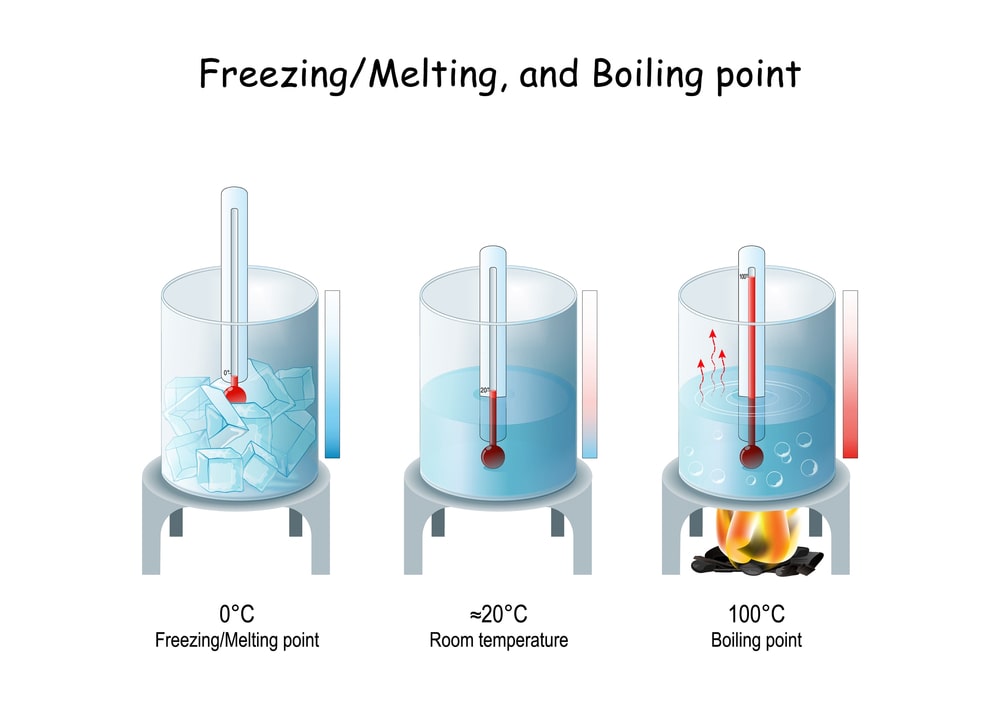The main factors that have an effect on evaporation are as follows:
- Surface area: If the surface area of evaporating solution is increased, then the amount of liquid that is exposed to air is larger. More molecules can escape with a wider surface area. For example, if we spread out clothes to dry it speeds up the process of evaporation. The larger the exposed surface area, the more molecules can escape from the liquid. Thus larger the surface area faster is the evaporation.
- Temperature: The water molecules move rapidly when the water is heated. This makes the molecules escape faster. Higher temperatures lead to increasing in evaporation as more molecules get kinetic energy to convert into vapour.
For example, boiling water evaporates faster than normal water. - Humidity: Humidity means the amount of vapour present in the air. The air around can only hold a certain amount of vapour at a certain time and a certain temperature. If the temperature increases and the airspeed and humidity stay constant, then the rate of evaporation will increase since warmer air can hold more water vapour
than colder air. Thus, the rate of evaporation decreases with increasing humidity and increases with vice versa. - Moving air: Particles of vapour move away when the speed of air increases. This leads to a decrease in the amount of water vapour in the atmosphere. For example, we use hand dryers to dry our hands. Here the air is expelled from the
hand dryer which dries our hands. - Boiling point of liquid: Liquids with a lower boiling point evaporate faster. Mercury hardly evaporates at room temperature as it has a boiling point of 357 °C.
- Density of liquid: As the density increases, the rate of evaporation decreases. Liquids with a higher density have a lower rate of evaporation. For example, honey has a lower rate of evaporation as compared to water, which has
a lower rate of evaporations as compared to alcohol. This is because honey is denser than water, and water is denser than alcohol.
